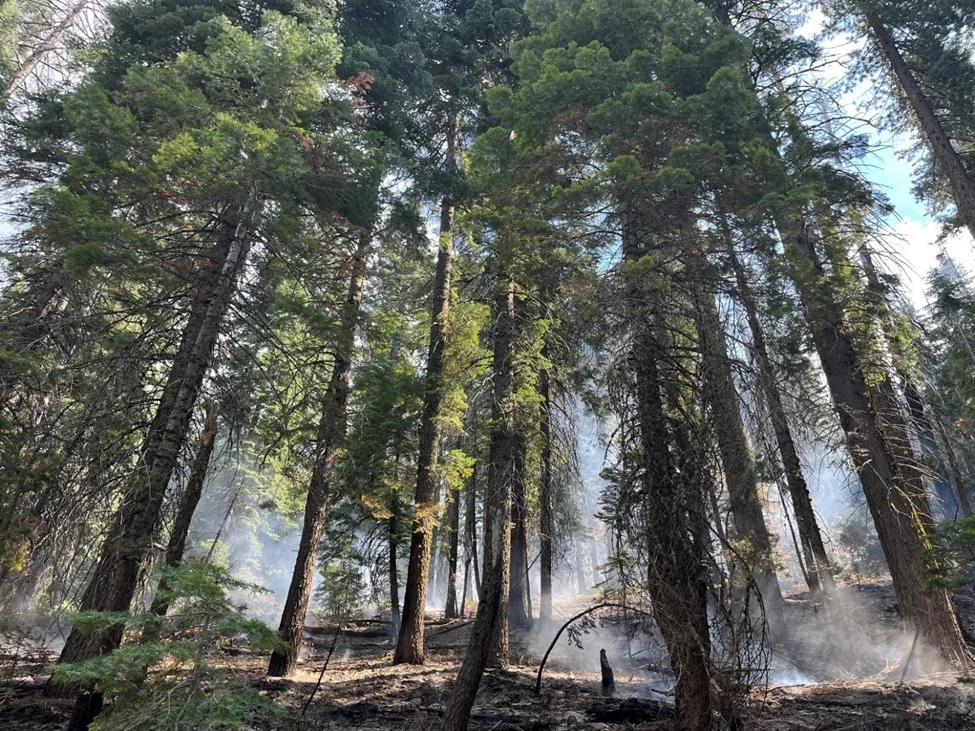
California’s Bold Steps: Newsom Signs $180 Million for Wildfire Prevention Amid Rising Threats
In a decisive move against the escalating threat of wildfires, California Governor Gavin Newsom signed legislation on Monday allocating $180 million for wildfire prevention initiatives. This initiative not only aims to safeguard communities but also addresses a series of Democratic priorities within the state's legislative framework.
The funding comes in the wake of catastrophic wildfires that devastated large areas of Los Angeles in January 2025. Newsom's allocation marks just a segment of the broader Assembly Bill 100, which includes various provisions from electric vehicle incentives to grants aimed at resolving cases of missing and murdered Indigenous individuals.
Assembly Bill 100, spearheaded by Democratic Assemblymember Jesse Gabriel from Encino, divides the funds among six conservancies responsible for managing forest and vegetation projects across California. Notably, the California State Coastal Conservancy oversees efforts in the Bay Area and along the coast, while the Karuk Tribe in Northern California will receive $10 million specifically for fire response training.

Upon signing the bill, Newsom emphasized the necessity of enhancing forest and vegetation management to avert future disasters: "With this latest round of funding, we’re continuing to increase the speed and size of forest and vegetation management essential to protecting communities," he stated in a press release.
Despite this, the legislation faced fierce opposition from California Republicans, who contended that governors and Democratic lawmakers have historically underfunded wildfire prevention. They were particularly opposed to a provision within the bill that designates an additional $2.8 billion from the state’s general fund towards the California Department of Health Care Services, primarily to accommodate rising costs associated with the Medi-Cal program.
This contention raises critical questions about the intersection of health care funding and emergency management. Recent statistics showed an influx of undocumented immigrants enrolling in Medi-Cal, further straining resources—a point emphasized by the administration while justifying the additional funding.
As wildfires become more prevalent and destructive—15 of the 20 most cataclysmic fires in California’s history have occurred in the last decade—Governor Newsom’s commitment to investing $2.5 billion for wildfire and forest resilience is pivotal. This includes reiterations on prescribed burns and other preventive measures aimed at reducing fuel loads.
California’s wildfire challenge has amplified under climate change, with increasing political divisions complicating the discourse on solutions. Historical rhetoric surrounding the responsibility of forest management traces back to national figures, influencing public perception of state-level strategies.
Shaye Wolf from the Center for Biological Diversity scrutinized the funding allocations, asserting that it could lead to logging practices detrimental to environmental preservation: "This funding doubles down on forest destruction rather than investing in real wildfire safety measures like home hardening in communities."
As the wildfire season approaches, California’s strategies will be put to the test. The state's aggressive moves to allocate substantial funding is a statement of intentions; however, whether these measures will adequately address the multifaceted challenges posed by wildfires remains to be seen.
Californians are encouraged to engage in the ongoing discussion surrounding wildfire safety and preparedness measures. What are your thoughts on the recent funding initiatives? Share your views in the comments below.